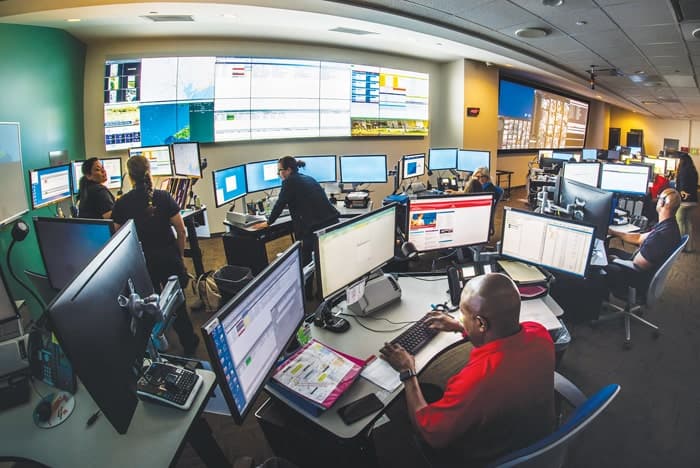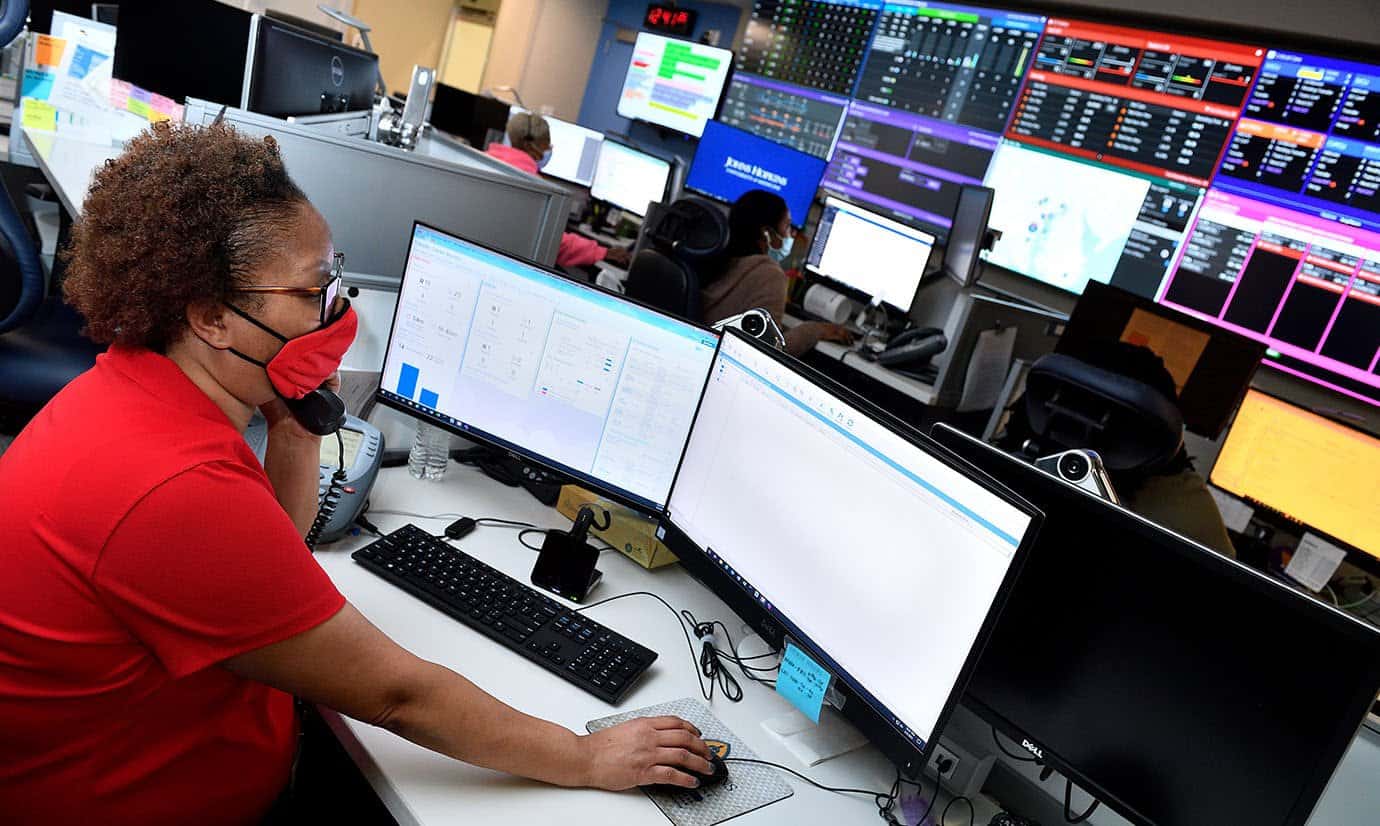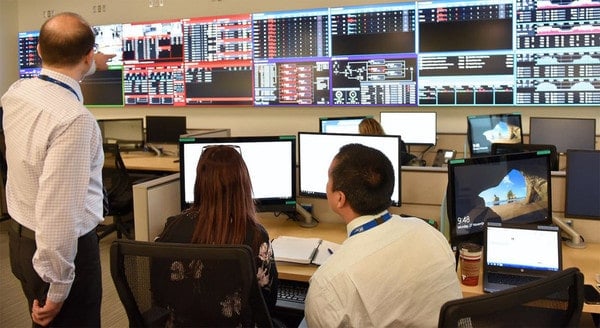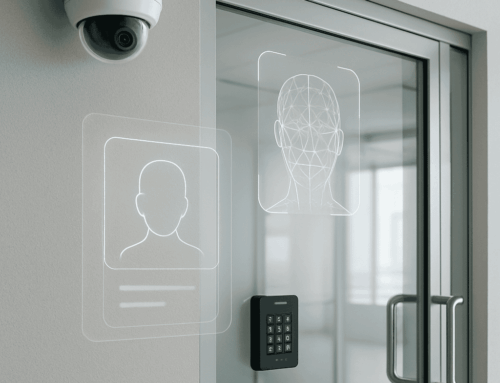Hospital Command Centers Bring A New Balance To Healthcare

If there’s one thing the coronavirus pandemic taught us, it’s that hospital capacity is a precious commodity. Although COVID-19 behaved like a mild cold for some people, for others, it was a vicious onslaught that overwhelmed their systems, and in turn, those seriously ill patients overwhelmed many hospital systems.
The idea behind a hospital command center isn’t to solve pandemics, but it does create visibility into the operations of the hospital. Armed with that visibility, hospital staff have the intel they need to make crucial decisions and unlock much-needed capacity.
Although a hospital that feels overburdened with patients may consider expanding its campus or building a new location, those options require lots of resources and can take years before the extra capacity is ready for use. A hospital command center allows hospitals to analyze their operation from a high level, eliminate waste, identify choke-points for high-demand resources, and respond faster to major incidents, such as a rapid influx of patients from a natural disaster.
A Hospital Command Center Is A Technological Nexus
Because the principle of a hospital command center is to gain visibility into the hospital as a whole, it must become the central terminal for the various health systems deployed across the organization. Collecting the data feeds from every system in one place and displaying it on large format monitors allows staff to quickly access the “health” of the organization at any given moment.
Real-time intelligence is just the beginning of what a command center offers. It also simplifies reporting and informed decision-making around clinical outcomes — mission control for healthcare professionals. Ultimately, the value of the command center increases over time. By storing the data and analyzing it manually or with machine learning, you can identify patterns and anomalies.
The purpose is not to revoke decision-making power from the specialist and teams providing patient care, but to examine everything from a 30,000 ft level and spot the trends that individual contributors miss, such as underutilized bed capacity or untimely patient transfer delays from the operating room. These all impact patient safety but can be missed without the aggregation and presentation of data from a multitude of experiences.
This level of coordination helps improve overall security, patient outcomes, resource allocation, and staff morale.
Technology For Hospital Command Centers
Some hospitals have building space that can be repurposed into a command center, while others will need to develop a new space to house the technology infrastructure and staff. Medical records require sophisticated data management flows and must be stored securely. That may require an on-site data center, which the command center should be closely tied to, allowing for efficient access.
Another essential feature is a video wall with real-time dashboards for remote monitoring of key systems. The information displayed on these screens helps to keep everyone on the same page and reveal important trends as they develop.
A command center also needs sufficient computing power and connectivity to bring on new systems as the hospital upgrades equipment or introduces new technologies, like artificial intelligence.
One way to think about the role of a command center is the hub and spoke model, where information is flowing into the central terminal and back out to the various teams of the hospital. Everyone has the data they need to make decisions, whether it’s a life-saving decision or a cost-saving decision, organizational transparency benefits everyone, from the emergency department down to the janitorial staff.
The Evidence For Hospital Command Centers Is Strong
The benefits of a command center can be transformative, equating to dozens of beds freed up for new patients and millions of dollars saved by eliminating waste and allocating resources more efficiently.
Texas Children’s Hospital

Completed in 2017, shortly before Hurricane Harvey struck Houston, the command center at Texas Children’s Hospital was instrumental in helping the hospital system respond to the logistical challenges (such as flooding streets and patient rooms) and the influx of patients due to the severe storm.
Johns Hopkins Hospital

Arguably one of the first and best examples of a full-scale hospital command center, the facility at Johns Hopkins Hospital in Baltimore encompasses 5,200-square-foot and has more than 20 digital screens that offer real-time intelligence to the 24 staff members. The sophistication of the command center even supplies predictive analytics to help the hospital anticipate changing demand.
Humber River Hospital

Humber River Hospital faced a bed shortage and realized that they needed to discover a better way to manage the flow of patients and avoid system bottlenecks. This highly advanced 4,500 square foot NASA-style command center allows Humber River Hospital to manage the use of systems. In addition to a large video wall comprised of 35 screens for presenting the data, the system uses some advanced predictive analytics to manage everything from bed allocations, room cleanings, emergency department volume, surgical scheduling, and discharge plannings. All of this resulted in an ER wait time reduction from 30-minutes to near-zero and an annual cost-saving of $10 million.
About i.e.Smart Systems
i.e.Smart Systems is a Houston, TX based technology integration partner that specializes in design and installation of audio/visual technology and structured cabling. For more than three decades, our team of in-house experts has partnered with business owners, architectural firms, general contractors, construction managers, real estate developers, and designers in the Houston market, to deliver reliable, scalable solutions that align with their unique goals.




